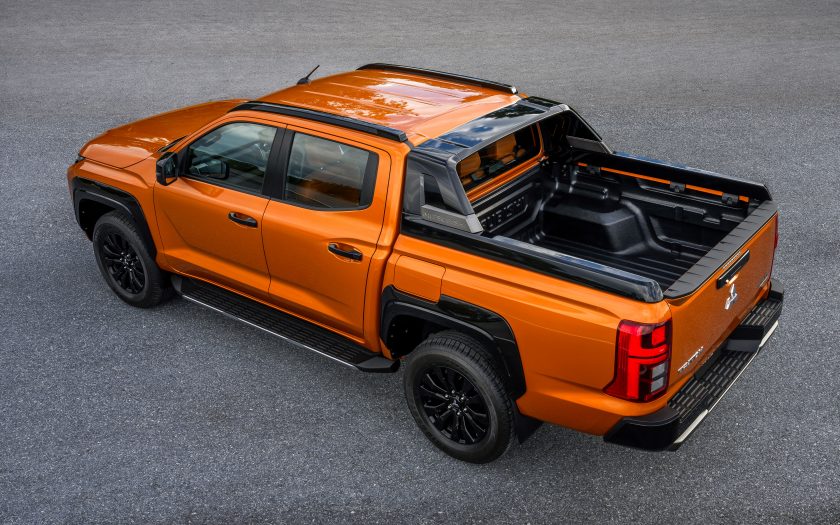THERE’S ONE THING WE CAN all be sure about, and that’s the tax man is always looking for ways to squeeze a few extra dollars out of our pockets.
The latest area to catch his eye is dual cab utes. Booming sales of utes has drawn the ATO’s attention to whether owners are abiding by the fringe benefits tax rules.
In a recent bulletin, the ATO has pointed out that dual cab utes may be liable for FBT, and although there is a fringe benefits exemption for eligible commercial vehicles, including dual cab utes, this only applies if private use is limited.
“Limited private use” is defined as travel between home and work, travel that’s incidental to the work you do, and non-work travel that’s minor, infrequent and irregular.
That excludes using your dual cab ute to drive to the weekend footy, tow the boat to go fishing on Sundays, or take it on camping trips.
If you do, you’ll have to pay the FBT. As the ATO explains, “If an employee’s use of a dual cab ute doesn’t meet the conditions of limited private use, it’s a car fringe benefit, or residual benefit, and FBT applies.”

So what vehicles are exempt?
To be exempt, the vehicle must be designed to carry a load of one tonne or more, or not be designed with the principal purpose of carrying passengers. Obviously, most single and dual cab utes meet these requirements.
But the exemption only applies if private use is “minor, infrequent and irregular”.
If an employer provides vehicle to an employee, he or she must take all reasonable steps to limit private use of the vehicle, including measures to monitor the use such as employment contracts and policies.
Vehicles fitted with non-business accessories such as a bull bar or alloy wheels don’t qualify, and the cost of the ute must have a GST-inclusive value of less than the luxury car tax (currently $76,950, and for fuel-efficient vehicles with fuel consumption lower than 7.0L/100km, $89,332) at the time it was purchased.
In addition, the vehicle must not be provided as part of a salary packaging arrangement and the employee cannot elect to receive additional remuneration in lieu of use of the vehicle. If the vehicle is used for travel between home and work, any diversion adds no more than 2km to the journey.
And it doesn’t stop there. Total private use cannot exceed 750km in an FBT year and no single return journey for a wholly private purpose can exceed 200km.
So there’s another imposition on employers. They will need to monitor vehicle use to ensure compliance by employees, such as regularly checking odometer readings to confirm private use.
